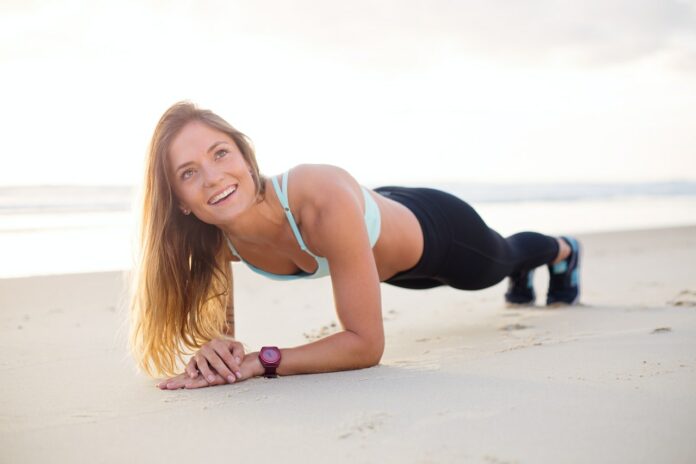
Maybe you’re sick of wasting money every month on that gym membership you hardly use. Maybe times are tough, and you can’t afford a gym right now in the first place. Or maybe you’re just looking for a convenient, on-the-go workout that can be done in the privacy of your own home or while enjoying the beauty of the great outdoors. Either way, you’ve come to the right place if you’re interested in an exercise routine based on body weight resistance.
There are several great reasons to be interested in bodyweight exercises, as mentioned above: they’re free, they can be done anywhere, and you can tailor your workout to your specific fitness needs and goals. Better yet, there’s a reduced risk of injury with bodyweight exercises that most other workouts can’t lay claim to.
Below, we’ll go into some of the specifics of bodyweight exercises, the most popular types of bodyweight exercise workouts, and how you can start getting a great workout today. So if you’re ready to learn more, keep reading!
What are Bodyweight Exercises?
In a traditional gym setting, most people get their weight resistance training from free weights (dumbbells or kettle bells, for example), weight machines, or resistance bands. However, this type of training can cause injuries when the exercises are performed incorrectly, or when an excessive amount of weight is used.
Bodyweight exercises, on the other hand, are simple exercises which only require the weight of your own body for resistance. They start with basic calisthenics, such as push-ups, crunches, or squats. Bodyweight exercises can also include high-intensity plyometric exercises, such as burpees, jump-squats, or jumping jacks. Furthermore, there are many in the fitness community who consider yoga to be a form of bodyweight exercise as well.
Calisthenics for Bodyweight Exercise
This is the most popular form of bodyweight exercise, so much so that the US Military bases a large part of its basic training fitness program on calisthenics. These slower-paced types of movement are great for really targeting your muscles, as well as focusing on and improving your form. Calisthenics are also great for when you’re recovering from an injury, and you need to keep your body moving without putting too much stress on your joints.
Plyometric Bodyweight Exercises
If you want to combine cardio and resistance training all into one workout, then definitely give plyometric bodyweight exercises some consideration. The famous INSANITY workout is designed around the fat-burning potential of intense, long-interval plyometric circuits with short intervals of rest. Not only are plyometric exercises great for overall cardio enhancement and resistance training, but combining the long, intense intervals with short rests in between will raise your metabolic rate for several hours afterward – which is perfect for burning calories!
Yoga as a Bodyweight Exercise
Yes, Yoga technically counts as a bodyweight exercise. Think about it: when you’re holding your body in the semi-squat position known as Warrior Pose, are your leg and core muscles not working against the resistance provided by your upper body? There are a plethora of Yoga poses which strengthen your arms, legs, and core by balancing your body weight against those muscle groups.
Unfortunately, if you’re trying to get huge, bulky muscles, it isn’t going to happen through Yoga. When you lift weights, the muscles get bigger due to concentric contractions, which results in muscle fibers healing closer together and bunching up. However, the eccentric muscle contractions which happen when holding a yoga pose happen while the muscle is stretched, thereby elongating the muscle.
Yoga is also a good form of bodyweight exercise for training your muscles to handle everyday movement. I single pose can target and strengthen several muscle groups at once, as well as their smaller, stabilizing muscles (which normally don’t get activated with curling a dumbbell or rowing on a machine). Keeping all of these different muscles moving and active reduces the overall potential injury risk.
The Final Word on Bodyweight Exercises
Will bodyweight exercises help a scrawny teenager or an overweight couch potato build 300 lbs. of solid muscle? Probably not. But bodyweight exercises will help you develop the muscle strength you need to move your body around for everyday activities. They can also reduce your risk of injury when performing more strenuous exercises down the road. And did we mention the best part? They’re free! Whether you’re developing your inner Yogi at home or trying to work in a few squats at the office, these versatile and portable strength-training exercises can be a great way to enhance your fitness routine.






